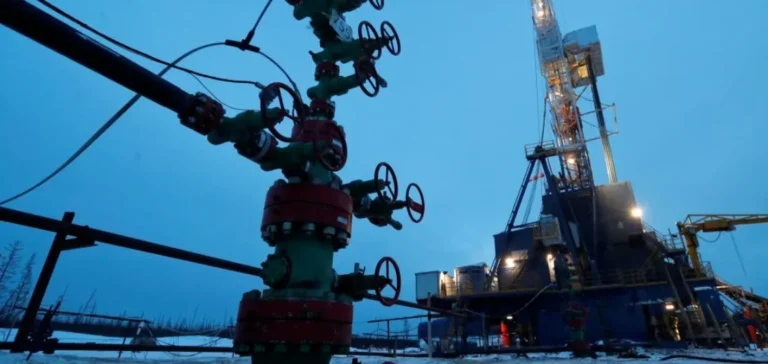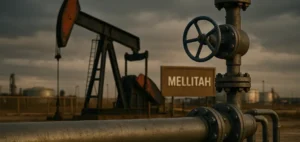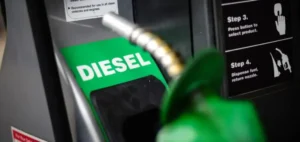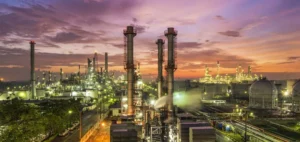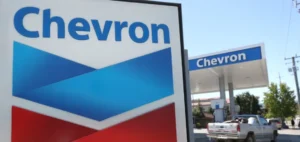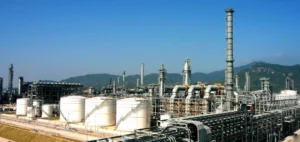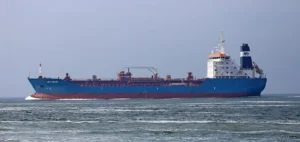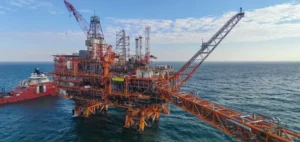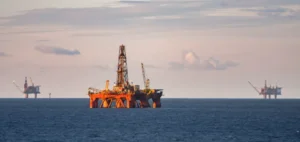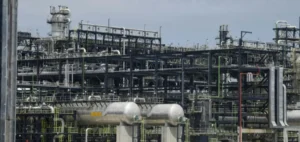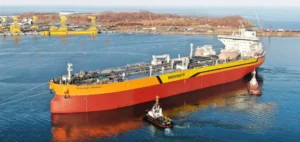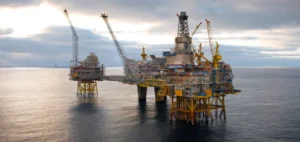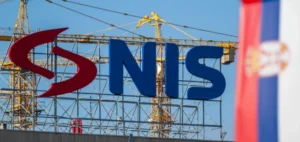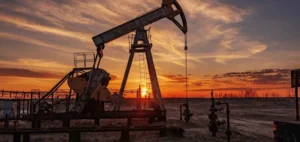China’s reduced oil surplus, down to about 570,000 barrels per day in September from more than one million in August, reflects a coordinated adjustment between import purchases and refinery run rates. Imports, estimated at 11.5 million barrels per day, fell to their lowest since January, while domestic production held steady at 4.32 million barrels per day. This contraction results from the lag between cargoes ordered during the price spike in June and the increase in throughput to 15.25 million barrels per day, up 2% month on month.
Import pullback and price dynamics
Chinese refiners cut purchases after Brent reached 81.40 dollars per barrel in June during the brief military conflict between Iran and Israel, and then in response to regulatory caps on import quotas for independent refineries. This tightening helped draw down excess inventories accumulated in the first half, while stabilizing internal margins. Since then, Brent has fallen by more than 20 dollars to 60.14 dollars in mid-October, a level historically favorable for rebuilding commercial and strategic reserves.
Geopolitical arbitrage and supply sources
Pressure from Western powers on purchases of Russian crude is prompting Beijing to reassess its import basket. While Russia remains the top supplier at around 1.9 million barrels per day, the Middle East share—particularly from Saudi Arabia and the United Arab Emirates—has increased in cargoes arriving late September. Stronger European scrutiny of the “shadow fleet” used to circumvent the price cap on Russian oil raises the risk premium on sanctioned-origin barrels and lifts maritime freight costs. Chinese shipping companies now favor conventional Very Large Crude Carriers (VLCCs), which are easier to insure and trace.
Implications for margins and trade flows
Refining margins remain favorable for major players such as China Petroleum & Chemical Corporation (Sinopec) and PetroChina Company Limited, which maintain a utilization rate near 85%. Exports of diesel and jet fuel rose by 6% over the month, supported by regional demand in Southeast Asia. The reduction in crude surplus, however, trims short-term flexibility in China’s logistics system, while any rebound in imports will depend directly on the stability of Brent prices and forward-looking buying decisions by state traders.
Regulatory risks and logistical constraints
New guidance from the Office of Foreign Assets Control (OFAC) of the United States and from the Council of the European Union on the price cap for Russian crude requires full traceability of cargoes and insurance policies. This constraint limits the ability of some trading houses to perform complex blends intended to mask true barrel origin. In parallel, the Organization of the Petroleum Exporting Countries and allies (OPEC+) plans to gradually ease voluntary production cuts in the fourth quarter, increasing global availability and offering China an opportunity to buy at reduced prices.
Rebuilding scenario and variables to watch
Past experience shows that Beijing strengthens its strategic reserves when Brent stays below 65 dollars. Storage capacity estimated at more than one billion barrels provides significant room to absorb global market surpluses. If prices remain low and logistics costs stabilize, China could again become the market’s marginal buyer in the fourth quarter. The next adjustments to import quotas for independent refineries, expected by November, will provide an early indicator of this strategy.


